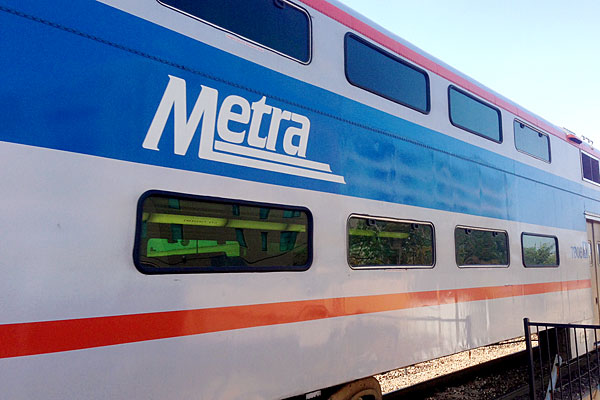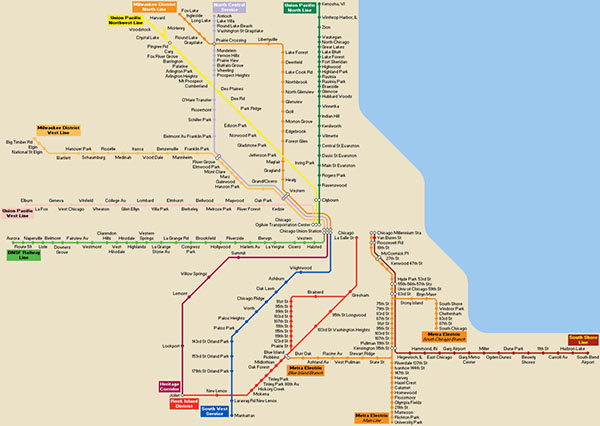
Photo: Dennis Rodkin
Despite all its crazy hijinks this year, Metra, the commuter rail agency, has at least brought some good news to the suburban communities it serves. In the first six months of the year, according to a study by the northern Illinois region of RE/MAX, home prices went up twice as much in towns with Metra service as they did in towns with no trains.
It’s not only this year: RE/MAX has been doing the study for six years, and in four of them, train towns’ home prices have outperformed those in trainless towns. In three of the first five years, their prices fell less than prices in towns without service. And then this year, the first where increases showed up, home prices in Metra towns were up 5.6 percent in the first half of the year, compared to 2.3 percent in non-Metra towns, according to RE/MAX’s study of data from MREDLLC, the multiple-listing service.
It hasn’t been a straight line: in two of the study’s six years, Metra towns’ home prices dropped more than non-Metra towns’ prices. But overall, looking from the first half of 2007 to the first half of 2013, RE/MAX found that home prices held a little better in towns served by Metra; they’re still 32 percent below where they were in 2007, while prices in towns without Metra are 34.8 percent below 2007.
That difference of almost three percentage points can mean a lot to home sellers in Metra towns when we’re all still struggling to get back above water. CoreLogic reported that 23.1 percent of all Chicago-area homeowners were underwater in the second quarter of the year—concurrent with the time period covered by the RE/MAX study.
Laura Ortoleva, RE/MAX’s spokesperson, said the price difference between train towns and trainless towns could be attributable to buyers’ hoping to save on high gas prices by using Metra at least some of the time instead of driving, and to an elevated environmental consciousness. But she cautioned against reading too much into the numbers because a lot of other factors rank higher in buyers’ minds than their transportation options. It’s also conceivable that having Metra service is a symptom of something bigger: towns with train service tend to be our older suburbs, often with a charming, walkable village center. It could be that buyers are paying more for those attributes, and train service comes along for the ride.
Among Metra’s various train lines (see the map below), it’s the Metra Electric whose towns saw the biggest price pickup: their prices were up 18.6 percent in the first half of the year over the same period in 2012. But the Electric line passes through south suburbs like Dolton and Hazel Crest, places where foreclosures have been rampant and more recently, investors gave been aggressively buying up previously foreclosed properties, leading to steep price increases.
After the Metra Electric Line, the two lines whose towns did best in RE/MAX’s report were the Union Pacific West, up 8.8 percent, and the Heritage Corridor, up 8.4 percent. UP-W goes out through a prosperous swath of DuPage County towns like Glen Ellyn, Wheaton, and St. Charles. The Heritage Corridor line runs southwest toward Lockport and Joliet.
But here’s the thing: If train service makes a town more appealing—and as a habitual public transit user, I think it does—it’s a little curious to see the Heritage Corridor near the top of a list of towns whose home prices benefit by the presence of train service. Among Metra’s lines, it’s the one with the fewest commuter trains per day. This line, too, stops in at least one town—Joliet—where foreclosure resales may be a big factor in the price uptick.

Image: Via City-Data



